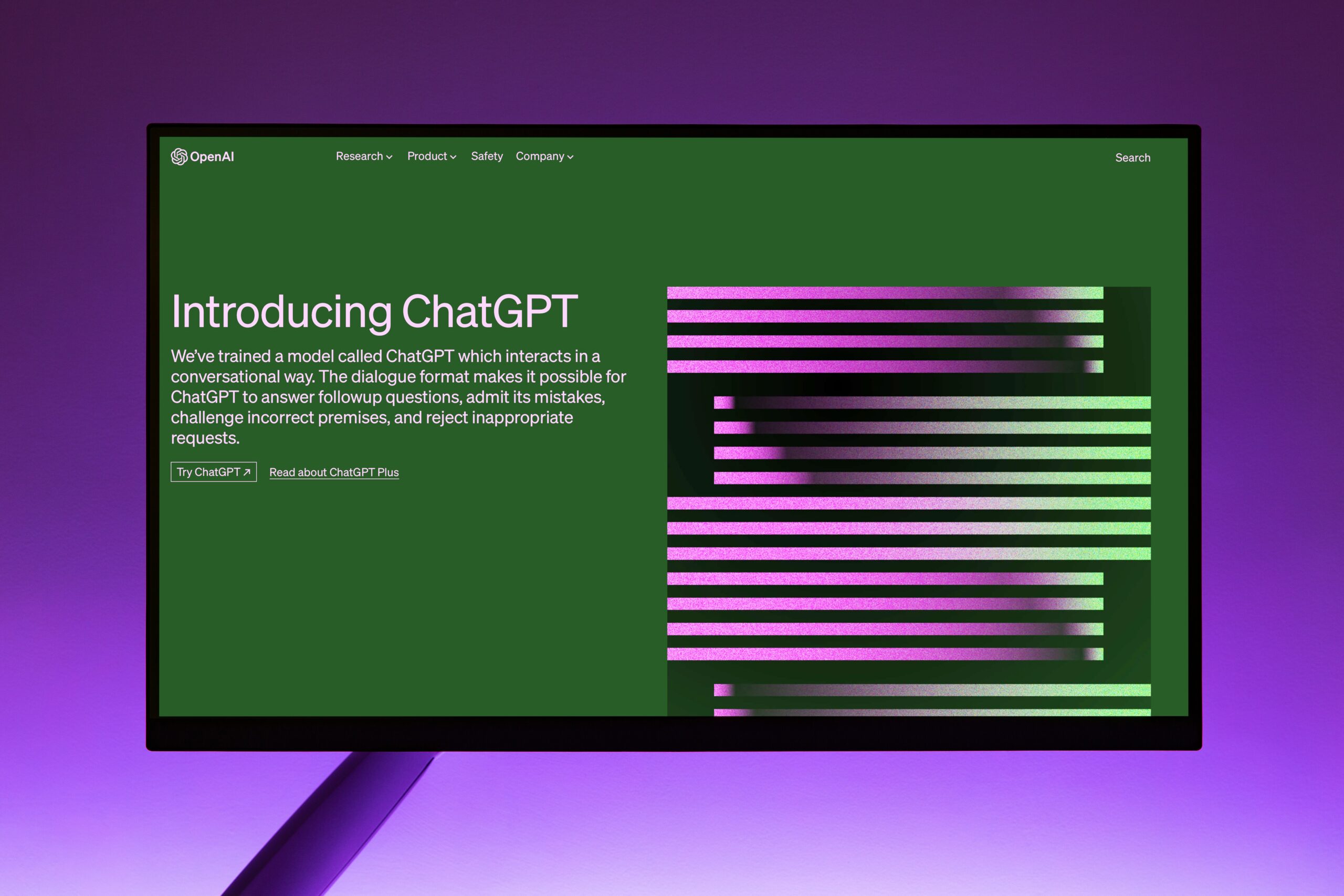
The Power of Language Models in Marketing
In the age of digital marketing, businesses are constantly looking for innovative ways to engage with their audience and drive conversions. One of the most powerful tools that has emerged in recent years is the large language model. These models, trained on proprietary corpus data and equipped with advanced architectures, have become an essential component of successful marketing strategies.
So, why exactly are large language models so important in marketing? Let’s explore their key benefits:
1. Enhanced Content Creation
A large language model is capable of generating high-quality content that is both engaging and informative. This is particularly useful for businesses that need to produce a large volume of content on a regular basis. Whether it’s blog posts, social media updates, or product descriptions, a language model can help marketers save time and effort while ensuring the content is compelling and relevant.
2. Personalized Customer Interactions
Personalization is key in today’s marketing landscape. Customers expect brands to understand their individual needs and preferences. With a large language model, businesses can create personalized customer interactions at scale. By analyzing customer data and leveraging the model’s capabilities, marketers can deliver tailored messages and recommendations that resonate with their audience.
3. Improved Customer Support
Customer support is another area where large language models can make a significant impact. These models can be trained to understand and respond to customer queries, providing instant and accurate solutions. This not only improves the customer experience but also reduces the workload on support teams, allowing them to focus on more complex issues.
The Core of Generative AI Adoption
Generative AI refers to the ability of machines to generate creative and original content. Large language models form the core of generative AI adoption due to their ability to understand and generate human-like text. This opens up a world of possibilities for businesses:
1. Content Generation
With a large language model, businesses can automate the process of content generation. From writing articles and social media posts to creating product descriptions and email newsletters, the model can produce high-quality content that aligns with the brand’s voice and style.
2. Virtual Assistants
Virtual assistants powered by large language models are becoming increasingly popular. These assistants can understand and respond to user queries, provide recommendations, and even engage in natural conversations. They offer a seamless user experience and can be integrated into various platforms and applications.
3. Language Translation
Large language models are also invaluable when it comes to language translation. They can accurately translate text from one language to another, enabling businesses to expand their reach and connect with a global audience.
In conclusion, a large language model trained on proprietary corpus data and equipped with a good architecture is an essential tool for marketing success. It enhances content creation, enables personalized customer interactions, and improves customer support. Moreover, it forms the core of generative AI adoption, allowing businesses to automate content generation, create virtual assistants, and facilitate language translation. By harnessing the power of large language models, businesses can stay ahead of the competition and deliver exceptional experiences to their audience.
